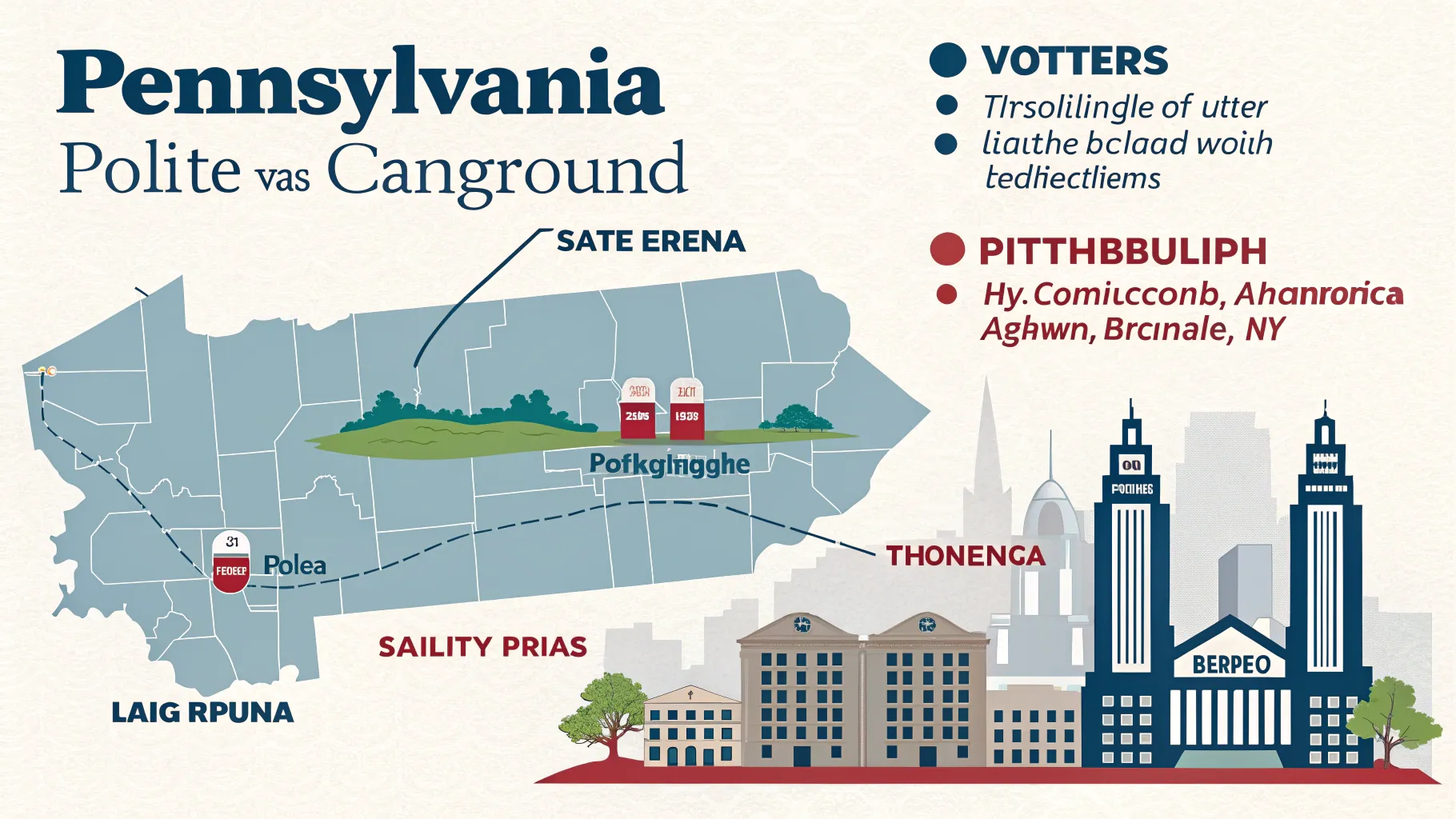
Pennsylvania continues to hold its position as a key battleground state in American elections, according to Congresswoman Chrissy Houlahan. The Democratic representative recently highlighted the state’s unique political makeup as the driving factor behind its consistent prominence during election seasons.
“The politics of Pennsylvania are the reason why you’re always looking at Pennsylvania for every election,” Houlahan stated in a recent interview. Her straightforward assessment underscores what political analysts have long recognized about the Keystone State’s electoral significance.
The Battleground State Phenomenon
Pennsylvania’s status as a political bellwether is rooted in its diverse demographic and geographic composition. The state features densely populated urban centers, such as Philadelphia and Pittsburgh, that typically favor Democratic candidates, while vast rural areas tend to support Republicans. This split creates a competitive political environment where neither party holds a definitive advantage.
With 19 electoral votes at stake in presidential contests, Pennsylvania ranks among the most valuable prizes in the Electoral College system. The state’s voters have demonstrated their willingness to swing between parties, making it a must-win for candidates from both sides of the aisle.
Historical Voting Patterns
Pennsylvania’s electoral history shows its tendency to reflect broader national political shifts. After supporting Democratic presidential candidates for six consecutive elections from 1992 through 2012, the state narrowly backed Donald Trump in 2016 before flipping to Joe Biden in 2020.
These razor-thin margins highlight why campaigns invest substantial resources in Pennsylvania:
- In 2016, Trump won by approximately 44,000 votes (less than 1%)
- In 2020, Biden reclaimed the state by about 80,000 votes (just over 1%)
Demographic Complexities
Congresswoman Houlahan, who represents Pennsylvania’s 6th Congressional District, which covers portions of Chester and Berks counties, has firsthand experience with the state’s complex politics. Her district exemplifies the suburban areas that have become increasingly important in determining election outcomes.
Pennsylvania’s political makeup includes:
Working-class voters in former industrial strongholds have shifted to the right in recent elections. College-educated suburban voters, particularly women, have moved toward Democratic candidates. A significant rural population that remains strongly Republican. Urban centers with large minority populations form the backbone of Democratic support in the state.
Looking Ahead
As the next election cycle approaches, Pennsylvania shows no signs of losing its status as a critical battleground. Campaigns will continue to focus on voter turnout in key regions, with special attention to suburban counties surrounding Philadelphia and Pittsburgh, the Lehigh Valley, and the northeastern coal region.
Political strategists from both major parties recognize that the path to electoral victory often runs through Pennsylvania. As Houlahan succinctly noted, the state’s internal political dynamics ensure it remains at the center of campaign strategies and media attention during each election cycle.
With its mix of urban, suburban, and rural voters spanning different economic circumstances, Pennsylvania serves as a microcosm of American politics. This representative quality, combined with its substantial Electoral College weight, ensures that candidates will continue to court Pennsylvania voters with particular intensity in future elections.











Angela Ruth
My name is Angela Ruth. I aim to help you learn how Calendar can help you manage your time, boost your productivity, and spend your days working on things that matter, both personally and professionally. Here's to improving all your calendars and becoming the person you are destined to become!